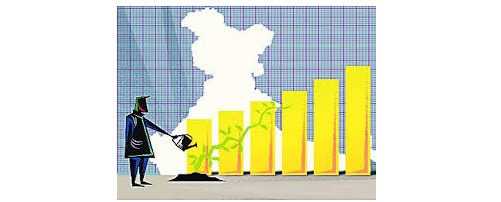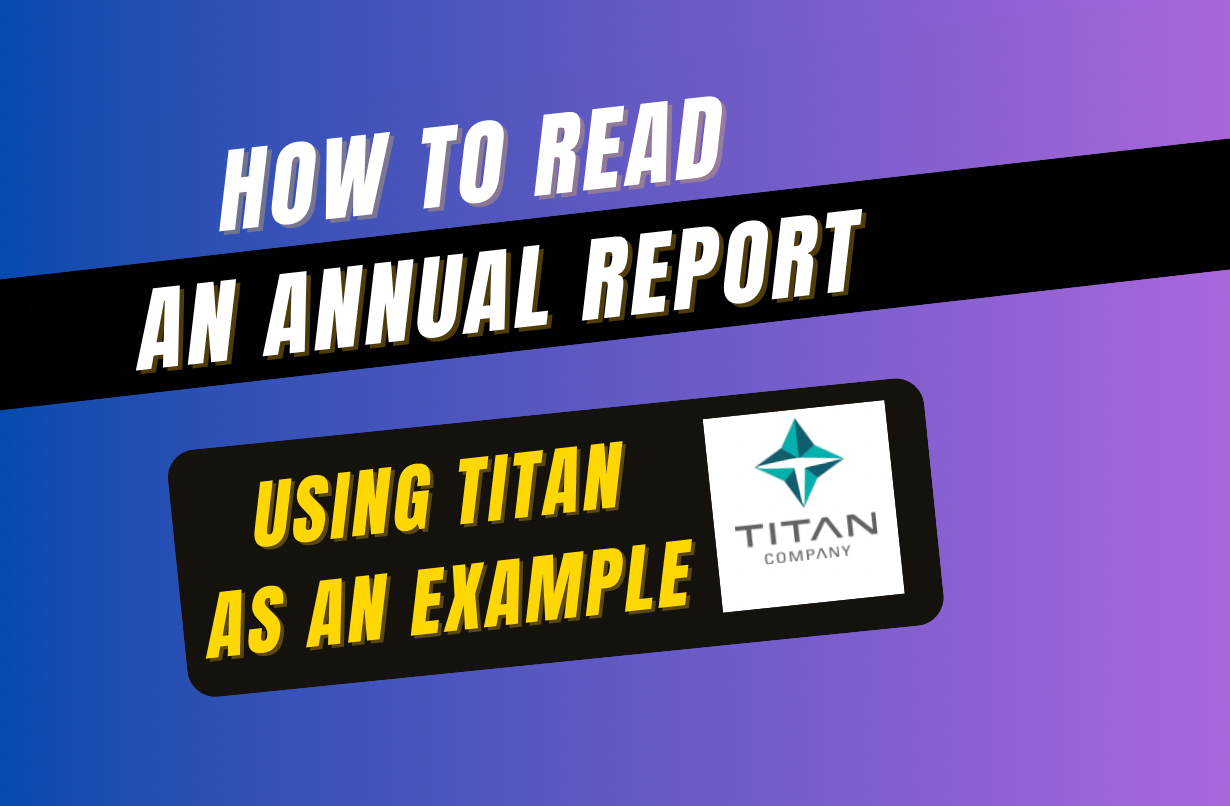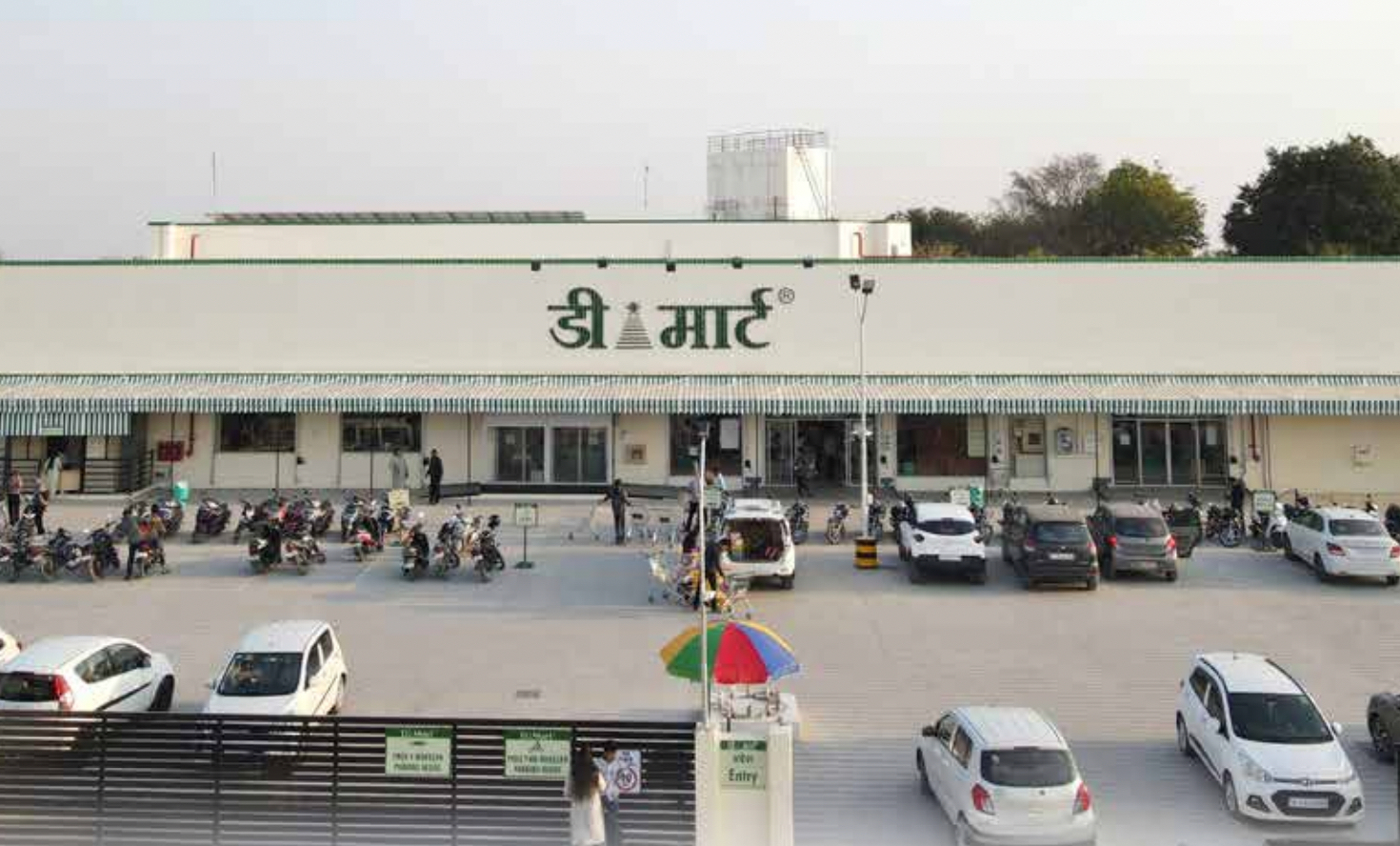This article on India Economy was one of the winning entries as a part of the FinShiksha Writer’s Cut Competition.
Author: Vishal Raj, IIM Kozhikode
Can India make 2020-30 a golden decade for the economy? Can we reach the 5 Trillion Dollar economy by 2025?
As a student of Finance & Economics, I keep asking this question. And the answer to this question is both Yes and a No.
Yes, because we have the potential.
No, because it will require some major structural changes that are not going to be easy.
The start of this decade has been devastating, to say the least. From private final consumption to consumer sentiment, everything has been negative. 2021 has started with some positivity, though, but for a developing country like India, which was already facing an economic slowdown for the last 4 years, COVID-19 just made things worse.
On the positive side, if we look, we are recovering faster than most of the countries. India’s GDP finally turned positive after two consecutive quarters, reflecting a sustained improvement from -24.4% in Q1 and -7.3% in Q2 to 0.4% in Q3. However, what’s lost is lost. As we advance, we need to adjust our focus back to the growth path. And that will need some serious political will, effort, and execution.
Let us ponder upon 4 major hurdles (and few possible solutions) that we need to resolve to go ahead into this decade if we want to make this decade a golden period for India economy.
India economy – The Problem of Jobless Growth
This is one major problem that India as a country needs to resolve if it aims to become the front runner economies of the world. Our capacity to absorb people into the force has been continuously falling.
If we look at the table below, out of 152 Million people added to the Working Age Population (WAP), around 58% of them were absorbed into the workforce in 1994-2005, but that number fell to just 14.7% in 2005-12 and has gone into the negative territory after that.
Reducing Job Elasticity is one major reason behind this and has consistently resulted in higher unemployment levels.
| Period | In addition to Working Age Population (million) | Additions to LF, WF as % to Additions in WAP | |
| Labor Force | Workforce | ||
| 1983-1994 | 140.68 | 58.2 | 56.9 |
| 1994-2005 | 152.05 | 60.2 | 57.9 |
| 2005-2012 | 137.63 | 14.5 | 14.7 |
| 2012-2018 | 128.34 | 10.3 | -4.8 |
India’s capacity to produce new jobs is falling, and for a country full of young people, this needs the government’s utmost attention.
India’s quarterly change in employment was more or less following the trend of Q-Q GVA growth numbers before 2012. But post that, there has been a considerable gap between the growth numbers and employment numbers, and there is not a single quarter where additional jobs created was over two lakhs even though our growth numbers were quite right in this phase. As a result of all this, there was a 1.3% net reduction in the total number of jobs from 2011-12 to 2017-18 when our GDP (nominal) increased from 1.82 trillion dollars to 2.7 trillion dollars.
Weakening Consumer Sentiment
For a consumption-driven economy with private consumption having a 60% share in the total GDP, a weakening consumer sentiment is a serious problem. And this fall is not just a Post-COVID thing.
If we look at the chart below, the average Consumer Sentiment Index numbers (as per the official RBI data) has slowed down for the last 5 years continuously.
| Year | Consumer Sentiment Index (Average) |
| 2015 | 105.5 |
| 2016 | 104.8 |
| 2017 | 96.9 |
| 2018 | 95.6 |
| 2019 | 94.5 |
| 2020 | 64.8 |
Overcrowding of Informal Sector
Another major issue that we need to look at is formalizing the huge share of informal jobs.
If we look at the table below, just around 25% of jobs in our country are regular employment. Almost 99% of the informal sector jobs face negligible job security, low productivity, low income leading to overcrowding of the informal sector.
If we see the total figures, more than 75% are those jobs that are too dependent on factors like monsoon and government policies. A slight fall in any of the macroeconomic factors leads to devastating effects on these people. As a result, over 2/3rd of people employed today earn less than India per capita income (income disparity).
| Types of Jobs/Sectors | Agriculture | Manufacturing | Non-Man | Service | Total |
| Self Employed | 73.2 | 42.2 | 10.9 | 43.1 | 52.2 |
| Casual Workers | 25.5 | 16.3 | 78.8 | 5.5 | 22.8 |
| Regular Wage Employed | 1.2 | 41.5 | 10.3 | 51.4 | 24.9 |
The Manufacturing Problem
Manufacturing Sector is the core of any economically developed nation.
It produces capital goods that are further used by other sectors reducing their cost of importing, makes a country self-reliant, is exported widely to the worldwide markets & produces a healthy number of formal jobs in the economy.
The lower contribution of this sector is the weakest link for any developing economy like India. The Core Manufacturing Sector contributes just over 17% to India’s GDP. Along with Manufacturing, Industry and Allied Sectors contribute around 30% to the GDP. In contrast, at the same time, our Asian competitor, China, which was at an equal level with us till the 90s in terms of economic capacity, has a massive 40% contribution by its is manufacturing sector.
In between the Agriculture Sector oriented growth till the 80s to Service Sector oriented growth post the LPG of 1991, India’s manufacturing sector could never become a major contributor.
Registration Open - Analyst Program Click here
Now given all the problems, what should be done so that these structural issues are resolved as smoothly as possible to make this decade a golden phase for the India Economy.
‘Atmanirbhar Bharat’
A modified version of Make in India to strengthen the manufacturing sector can be a game-changer in the coming time if implemented nicely. India has a great opportunity after the COVID pandemic to solidify its footprints in the world market and place itself as a replacement of China & attract major companies to start their production in India. A business-friendly environment would increase the scope of Foreign Direct Investment in India.
Political Stability
A smooth federal working system between the Centre and States can also provide fundamental support for the upward movement of the economy. Because no matter how good the policies are, in a top to a bottom system like India, there needs to be a healthy working chain at every level to make those policies work.
Contractualisation
The plan is to get people out of disguised income and provide them with a formal source of employment so they can become part of the employed labour force which will further strengthen the economy. Labour and Land Reforms are some of the most important policy changes that India needs.
“Reform-Perform-Transform”
India has all the potential to showcase to the world sustainable economic development through its programs & policies. But to capitalize this decade completely, we will have to take every step in the right direction as, given the overabundance of problems, there is no space for any wrong step.
Other Trending Posts in this Series – HUL | Titan | Amazon
To stay updated about all of our posts on Businesses and Finance Careers – register and create a free account on our website. You will also get access to a free Finance Bootcamp course once you register.











